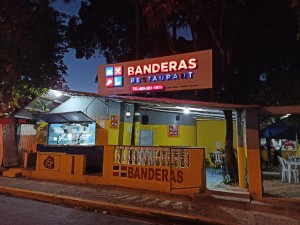EAT IN ASIA / Destinations / Other destinations / Northern america / Dominican republic
What is a 'comedor' in the Dominican Republic?
Tags: DOMINICAN REPUBLIC


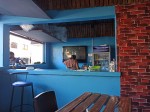


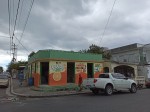
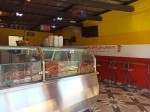
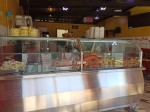
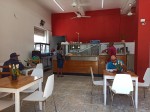
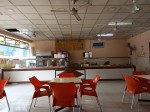
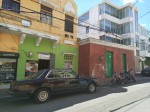
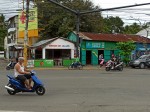
If you are staying in the Dominican Republic, then probably the name comedor, would not be unknown for you. It is a sign that is as popular on streets as cafetería, colmado or hotel. No matter how small or big a city is, they have plenty of comedores. The same applies to towns, and villages. And while driving a car you will see these signs too.
What is a comedor?

So, what is a comedor? If you just google this word, it translates usually either to a dining room or to a canteen. Actually, in the Dominican Republic, comedores refer mainly to small, family-owned bars or little restaurants.
They are located in different places, in different parts of the city or town, and depending on their size, in different buildings. Some of them are in specially dedicated for them locals. Some of them are in barracks, other are in cars. Finally, some of them are just in someone’s home.
What is interesting, is the fact that their menu and the local's size can diametrically vary from place to place. Some of them could be very small, offering only take-away meals. Some of them would be medium-sized, just with a couple of small tables. Finally, some of them would be relatively big – almost like a regular restaurant.
What distinguishes comedores from other restaurants?
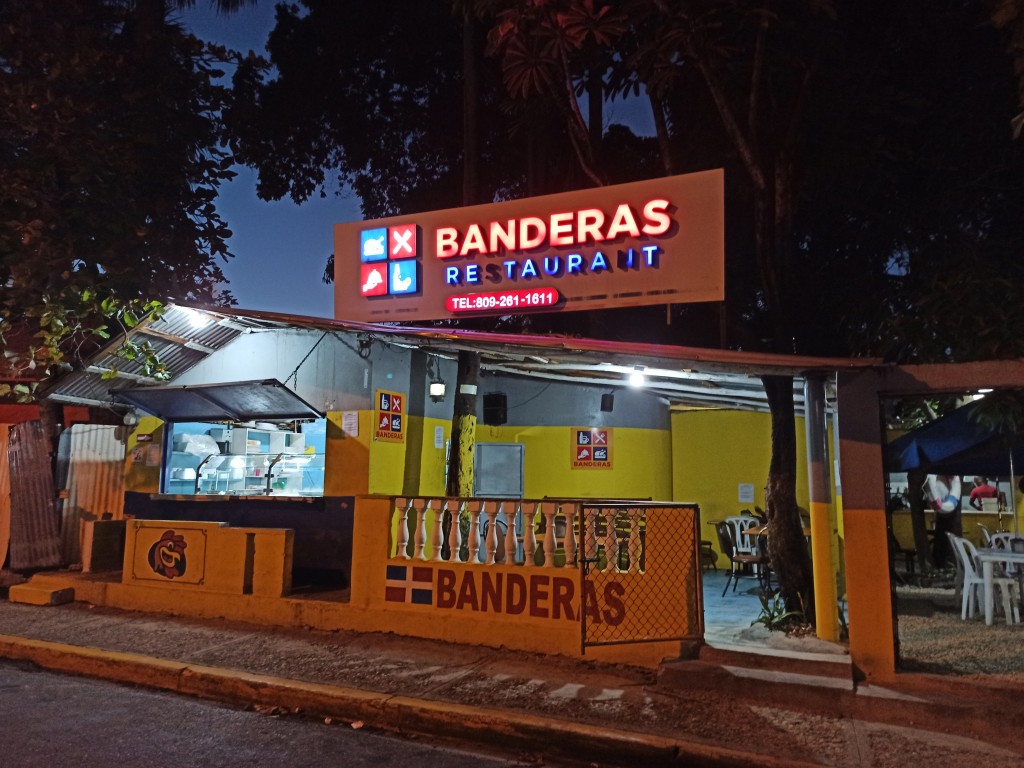
The first, and the most important thing is that they are not, let’s say structured, in any way. They are usually run by a family and the menu can be completely different not only in every comedor but also in the same one depending on the day. That means, you might not be able to preview what is going to be served the next day. However, some comedores, are specialized in only one dish, and every day they will serve the same one. Finally, they are comedores that serve only one dish, but this dish is different every day.
What can you eat in a comedor?

As I said above, each comedor can serve something completely different. Do not expect here any menu, or any dining card. If the menu list exists physically, it would be usually either a hand-written list on a drawing board or a very short list put on a paper. However, this happens only if the comodor serves just a couple of repetitive dishes. But that is quite rare, so usually, there are only two ways to order your meal. Either ask what is served or look at the food in metal containers and show or point what you want.
If the comedor is almost like a restaurant, then it might serve juices, beverages, and beer (also this imported like for example Corona or Modelo from Mexico). However, most of these comedores will limit their everyday menu to only a set of mains and will have an extremely short list of what you could buy to drink. For example, it could be just a home-made, diluted fruit juice or water.
Meals in a comedor
As comedores usually serve at least plato del día – meal of the day, they operate mainly during the lunch time. Most comedores offer lunch meals starting from about 11 AM. The typical lunch time ends at about 3 PM or 4 PM, depending on the comedor.
However, some of them, start serving meals early in the morning, what means that at about 6 AM or 7 AM. They offer coffee – café dominicano and a traditional Dominican breakfast.
Finally, there are comedores that work till late and serve dinners up till, more or less, 9 PM or 10 PM. These comedores exist usually in bigger cities and towns, where local people come back home late in the evening.
What to eat in a comedor?
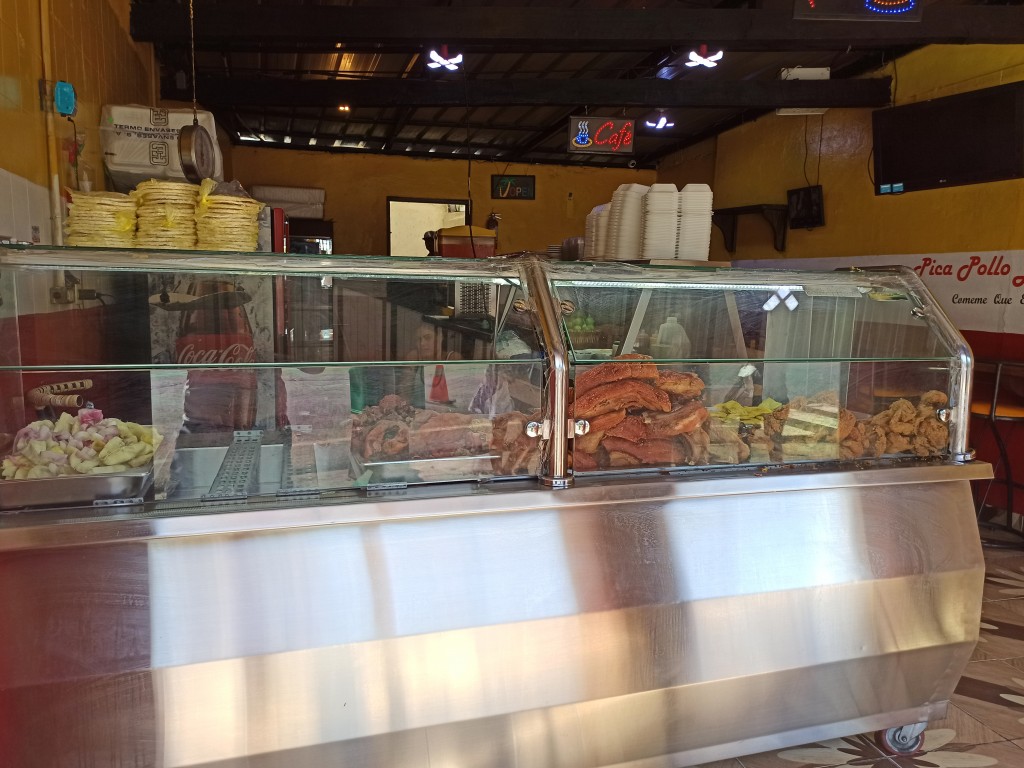
Meat in a comedor
If you love meat, that is a good information for you – meat is served in all comedores. Pork, chicken, beef, and sometimes fish – if it is available, then usually it is cod.
Here you cannot forget about so loved pica pollo. Pica pollo is a Dominican dish that is a little bit comparable to a well-known KFC fried chicken. Chicken parts are enrolled in a spiced flour and deep-fried. The crust is crispy, and thanks to seasoning it, has a lot of flavor. Pica pollo is served with fries and some salsa.
Then comes locrio and chaofan. Both of them are Dominican rice dishes, that are similar to paella, pilaf or to an Asian fried rice. Rice is prepared with a pork, beef, or chicken meat. Sometimes it is fried with a Dominican salami or with sausages. It is well-seasoned, but as almost all Dominican dishes, it is very salty.
The next meal, that is especially popular in the Southern part of the Dominican Republic is Pastelón de Plátano Maduro. Pastelón de Plátano Maduro is stuffed with pork or chicken.
Vegetables in a comedor

If you are looking for vegetables for your lunch, then a comedor is a good place to go and get them there too. While the choice might not be the widest one, it is still a good alternative for preparing it at home. Tubers like yucca, yautia (similar to taro) or sweet potatoes are the most popular vegetables and very often replace rice in the main meal. Apart from that, unripe bananas (guineos verdes) or plantains prepared in different ways are almost everywhere. Guineos are boiled or cooked and served alone. With no sauce, no salsa and no spices or herbs. Just plain.
Plantains, on the contrary, come prepared in multiple ways. They are fried in slices (frito), rolled in a flour and fried, baked, halved and grilled, and in many other ways. That said, tubers and both guineos and plantains serve as a substitute for rice. They are well-salted but also with no additional salsa. A spicy sauce, ketchup or mayonnaise, is something that you can add after you are served. Just ask for an additional salsa and you will usually get it at the end of your ordering. Apart from that, come vegetables that are served as a part of the meal of the day – plato del día. Here it is usually either a fresh salad with a light oil and vinegar sauce, or that could be slightly boiled vegetables in a similar, oily brine. What might be strange for you, and was for me too, is that these boiled vegetables are in a sauce that, from my point of view, goes well with raw vegetables and not with cooked, as it is a little bit acidic. However, probably due to the temperature that is outside, it is better to add some vinegar to them too, to lower the probability of their going acid. Both types of vegetables – boiled and raw are relatively salty. That is, I guess, also related to the outer temperature. Salt preserves food and also allows you to keep more water in your organism. Broccolis, carrots, chayote, and onions are mainly served in the boiled vegetables salad. The raw side-dish salad is usually prepared with julienned white cabbage, some bell peppers, cucumbers, tomatoes, and onions. However, all vegetables except for the cabbage are in a really small amount. For me, it is rather like a decoration and topping and not as salad’s ingredient. Well, let’s say it straight out. It is cabbage with a dash of other vegetables.
Then, there are two more very popular vegetables served in a stew way. The first one is okra, that is either prepared in whole parts or is chopped. Okra is stewed in an oily, tomato salsa with some onions. The second one is eggplant. The way it is served might be everything else too. It is like a sauce with seeds. So, if you did not know that it is eggplant, you would probably not guess it. It is almost mashed and stewed in the similar sauce as the one used for okra. It is more like a salsa or dip than as a
vegetable.
An alternative to any kind of a mammal meat is bollito de yucca, maíz or plátanos. Dominican bollitos are either made of mashed yucca or plantains, or from the corn flour. They are stuffed with carrots, cheese, eggs, meat etc. The filling depends on the cook and on the comedor. Finally, if you really need them, there are fries. So in case you do not find anything else for you, you can almost every time pick an easy and secure side dish like French fries.
Other dishes

In this section, you will not find a lot, however if you do not eat meat, these dishes might be an alternative. Pasta and spaghetti come very often. However, they have nothing to do, in my opinion, with a real, Italian meal. In the seaside area, seafood and fish are also served. But you have to remember that cod, prawns or squids are relatively expensive and what is more, they are not served widely.
And of course, you cannot forget about rice. White rice, yellow or brown. It is the base of all meals of the day. You might be surprised to see a brown rice in an ordinary canteen. And that is good. You have to know, that there is a difference between a real brown rice and arroz moro in the Dominican Republic. So, do not be misled by the name of the rice. Yellow or brown rice does not mean that exactly this special type of rice is used. It just means that it is spiced in a special way, that changes the color of the regular white rice to a yellowish or brownish one. (You can make a simple test - put the rice in a pot with plenty of warm or hot water and let it stay in it a couple of hours. After that time, you would see that the water had changed it color - it would become darker, and the rice, on the contrary, would get paler. Actually, it would be completely white.)
Vegan food in a comedor
If you are vegan, then you will not have an easy life. Comedores do not serve dishes labeled as vegan. However, you can always ask about the way of preparation and about used ingredients. But you can never be sure what is really in the meal. And that is not because someone wants to cheat you or lie to you, but it is just because housewives and cooks use some condiments like sauces or salsas that might include not only vegan ingredients.
Drinks in a comedor
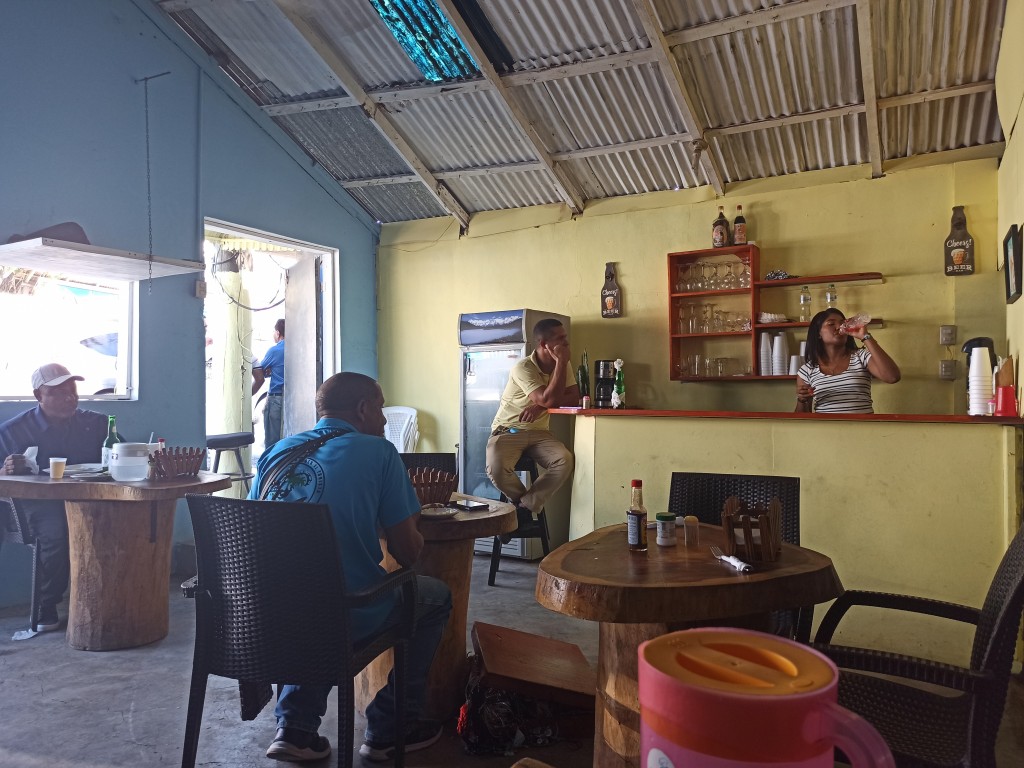
Many comedores have a fridge with drinks or just a big, cooled jar with a home-made lemonade. What is important, is that it is cold and served with ice. Although it might seem to be not so important if you are thirsty, here, in the Dominican Republic, it is almost crucial. However, you have to remember, that most of these drinks are extremely sweet.
If the comedor serves a breakfast, then you might expect to get there a cup or shot of a coffee too. With a really high probability, that would be a filtered coffee poured firstly to and then from a thermo flask. Sometimes it is already sweetened, and sometimes sugar is just an option (here you can read more about café dominicano to know the difference between coffees in the Dominican Republic).
To sum it up, comedores are great places to meet local people and to try local food. These meals are always fresh, made with passion and hearty.
Date: 2022-02-22
Author: Beti – A passionate traveler and lover of Asian cuisine, especially Thai and Japanese dishes, Bernadeta brings her culinary and cultural experiences to life in her writing. Beyond her travels, she’s an avid technology enthusiast with a deep interest in data processing, merging her love for exploration with analytical insights.
Photographer: Adalbert – An aficionado of computers and photography, Adalbert captures the essence of diverse cuisines with a discerning eye. A connoisseur of rich flavors and particularly fond of meat-based dishes, he combines his technical skills with his passion for the culinary arts in every shot.
